German physicists converted electrical signals into photons and radiated them in specific directions using a nanometer-scale antenna.


German physicists converted electrical signals into photons and radiated them in specific directions using a nanometer-scale antenna.

TOI 700 d is the first Earth-size habitable-zone world discovered by TESS.
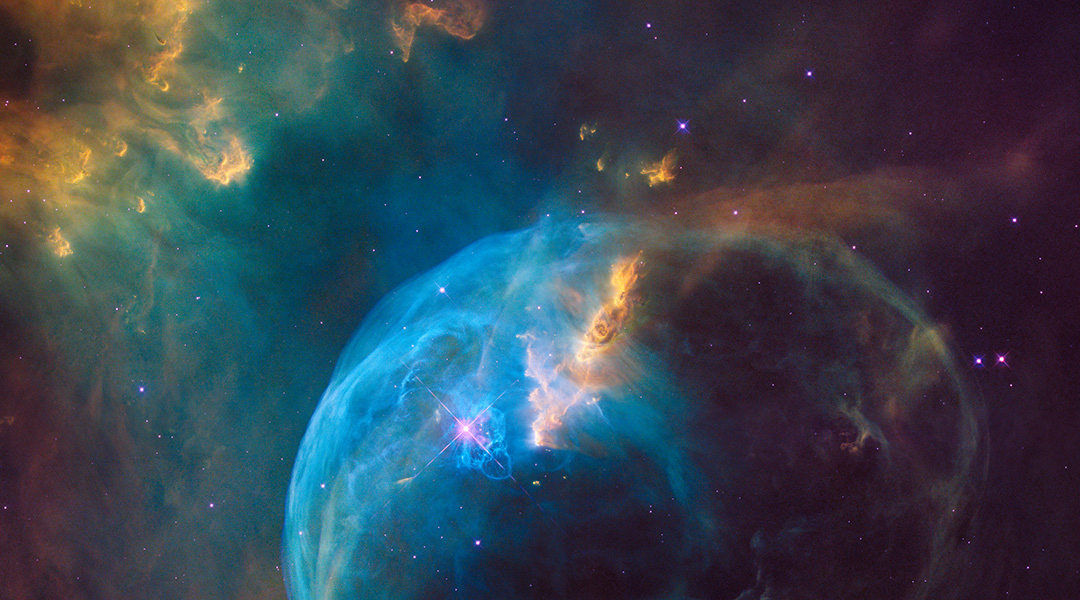
Recent studies incorporating gamma-ray bursts have yielded interesting new results that cast doubt on the validity of the cosmological principle.
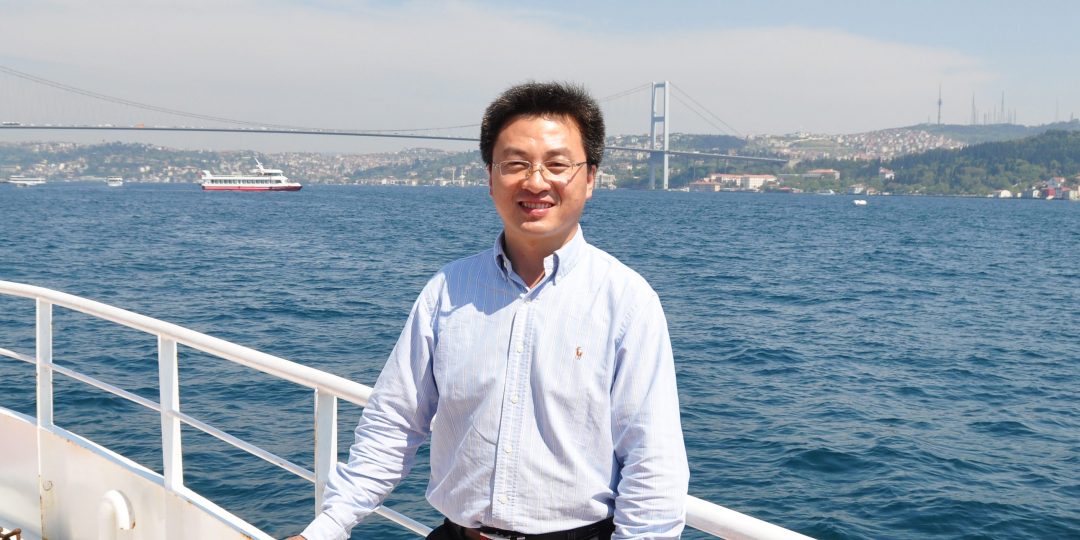
Curiosity driving scientific interest: Prof. Yanglong Hou shares his story for Advanced Science 5th anniversary

In this WIREs Water review, the authors appraise the effectiveness with which emerging technologies and tools can (or cannot) be used to semi-automate the geomorphic analysis of rivers.
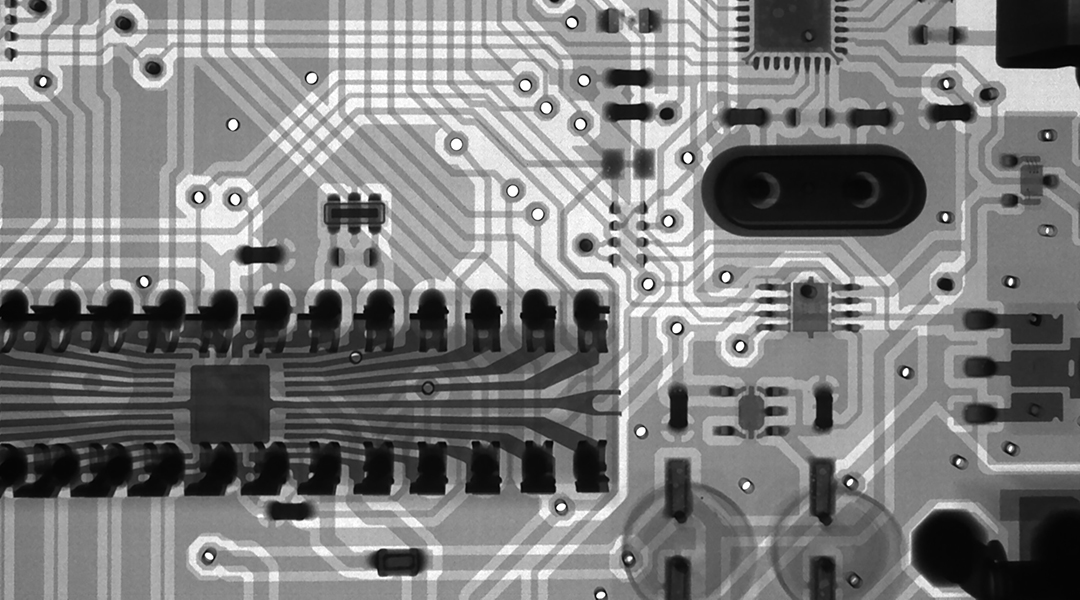
A quantum autoencoder via approximate quantum adders in the Rigetti cloud quantum computer is carried out employing up to three qubits.
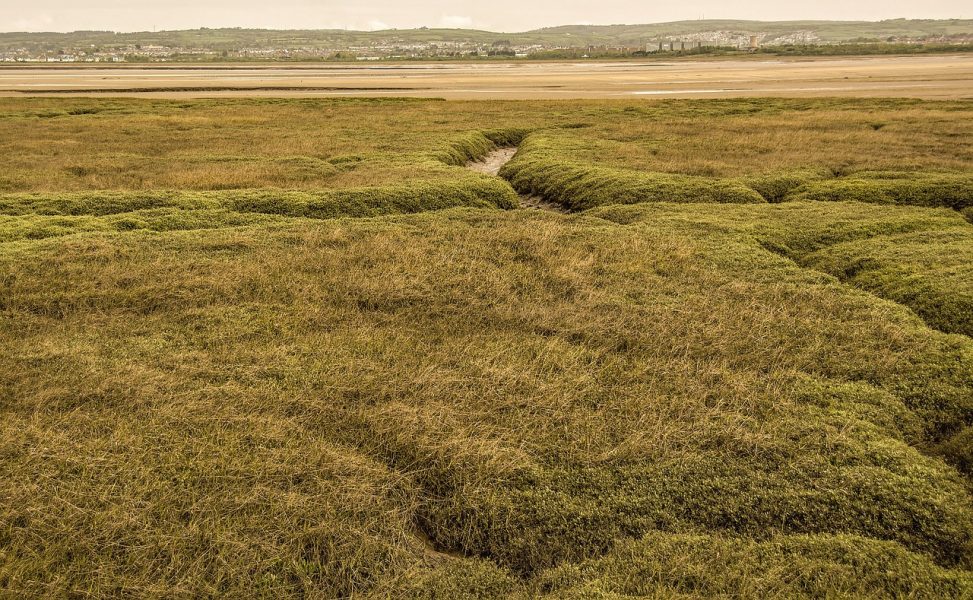
Floodplains are some of the most ecologically important and human‐impacted habitats throughout the world.

Large-scale re-forestation can be a very effective means to decarbonize the future.
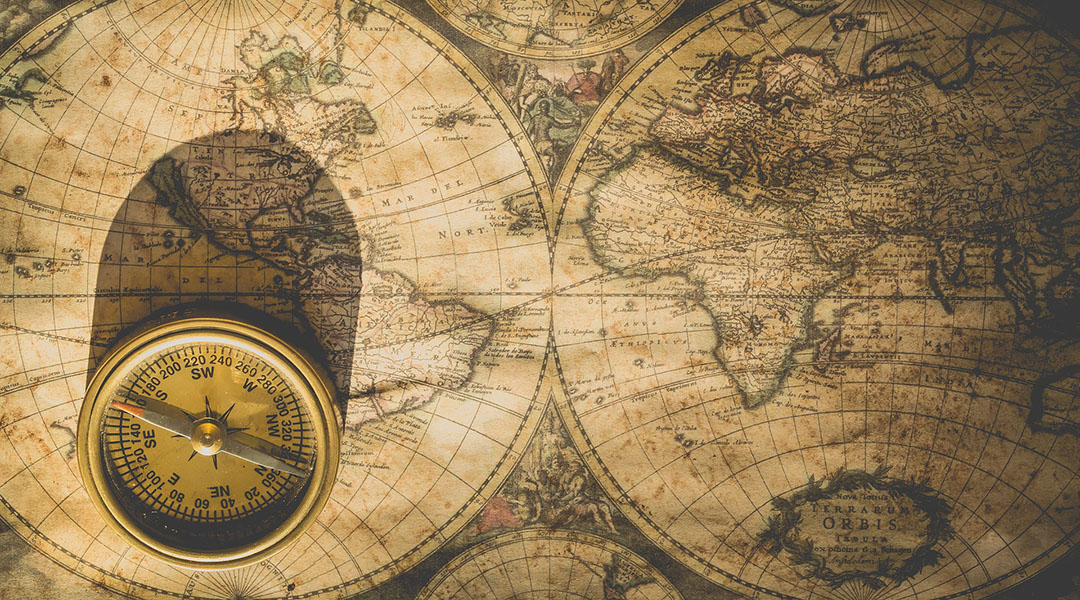
From royal decrees of the middle ages to ideals born from revolutionary upheaval; the remarkable history of standard measurements.

A Spanish-Israeli team of scientists developed a new, versatile plastic-composite sensor that can detect tiny amounts of water. The 3D printable material is cheap, flexible and non-toxic and: it changes the colour.